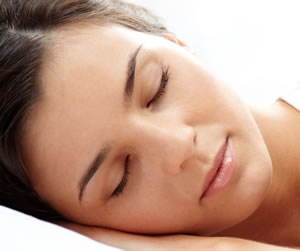
It is estimated that dental treatments cause around 40 million Americans fear and anxiety. Without regular visits to the dentist, your bright smile and oral health can suffer. These days, different methods are used to manage pain and anxiety. Sedation dentistry allows the patient to relax and respond to physical stimulation and verbal commands while Dr. Dastrup provides excellent dental care.
When to Consider Sedation Dentistry
If dental visits have been avoided, sedation dentistry may be the answer to comfortably receive care. Postponing routine checkups and minor repairs can result in the need for more invasive therapy. Sedation dentistry is ideal for people who have:
- Very sensitive teeth
- Difficulty in getting numb
- An overactive gag reflex
- Complex dental problems
- A fear of needles and shots
- A high level of fear or anxiety
- Past traumatic dental experiences
- The need to squeeze several procedures into a limited time period
- A strong dislike of the noises, smells and taste associated with dental care
- TMJ-related difficulties where it is uncomfortable to open their mouth for extended periods
Understanding Sedation Dentistry
Common types of sedation we provide are:
Inhalation sedation: Often, Dr. Dastrup provides a local anesthetic with nitrous oxide (also known as laughing gas or happy gas) to avoid pain. Nitrous Oxide is a sweet-smelling colorless gas made up of nitrogen and oxygen. Nitrous oxide is given through a mask that fits snugly over the nose, about five minutes before the dental procedure. It is a safe and well-established method to deal with dental anxiety and discomfort. It calms and has a comforting effect even though the patient remains awake, in control, and with the ability to communicate. It also tends to lessen anxiety, increase a patient’s pain threshold, reduce an overactive gag reflex and makes time pass more quickly.
- Oral sedation: Medication taken through the mouth allows our patients to enter a state of total relaxation during treatment. Patients may also receive an injection of local anesthetic.
What about Sleep Dentistry?
Though sedation dentistry has sometimes been referred to as sleep dentistry, this terminology is inaccurate. Patients often feel very drowsy during the procedure and do not remember most of their time in the dental chair. They are, however, awake throughout the treatment process.
Sedation dentistry describes the methods used by dentists to manage the patient’s pain and anxiety while at the same time allowing the patient to respond to physical stimulation and verbal commands.






